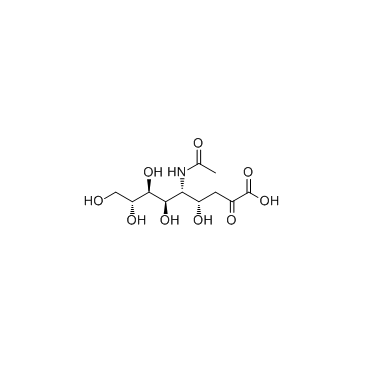| Structure | Name/CAS No. | Articles |
|---|---|---|
 |
Neuraminidase
CAS:9001-67-6 |
|
 |
N-Acetylneuraminic acid
CAS:131-48-6 |
|
 |
Zanamivir
CAS:139110-80-8 |